How to Spot a Fake Rolex, According to Luxury Watch Experts
Rolex makes roughly 1 million watches a year, according to the best estimates. Sounds like a big number, but nine figures isn’t remotely enough to meet the frenzied demand of luxury watches from everyday buyers to athletes with incredible watch collections. A friend recently overheard a salesperson at his local authorized dealer say there are 30,000 people currently on the “wait list.” That's not nationwide, but at that single boutique alone.
The wait for a new Rolex from an authorized dealer is a soul-sucking one, so it’s no wonder those lacking a saintly level of patience turn to the secondary market. But buying “gray” can get sketchy. The market is swimming with counterfeits, with frequent reports of sellers swindling millions from watch buyers.
There are over 23 million counterfeit watches in circulation in the U.S., with New York topping the list of cities where the most fake watches are sold, according to a November 2023 study by luxury pre-owned watch specialist Watchfinder & Co. Moreover, half of the watches the company was sent and identified as fake or containing fake parts in the last year was Rolex.
So, how can you tell if the watch you’re eyeing is legit? We queried two of the biggest sellers in the pre-owned game on how consumers can best protect themselves from getting hornswoggled by fakes. While not foolproof, they offered these eight tips you can use to help ensure the watch you’re buying is genuine. And if you can't stomach the wait or sticker shock of a Rolex, rest assured the best watches for men are still widely available from beloved brands like Bulova, Citizen, G-SHOCK, Movado, Omega, and Seiko. You can also find great watches under $1,000 and even watches under $500.
Why You Should Trust Me
I’ve been collecting watches for nearly as long as I’ve been able to tell time. Around the age of 10, I started disassembling pocket watches to see what makes them tick. Today, I feel naked if I accidentally leave the house without a watch on my wrist—and, yes, I’ll go back and get one. (Horology or OCD? Only my shrink knows for sure.) Currently, my cache includes a variety of vintage and contemporary pieces from microbrands to G-SHOCK. Most days, I wear a Rolex Explorer II (Ref. 226570), but my grandmother’s Mickey Mouse watch will always be my favorite.
Related: College Student Facing Charges for Fraud Including Rolex Watch
How to Spot a Fake Rolex
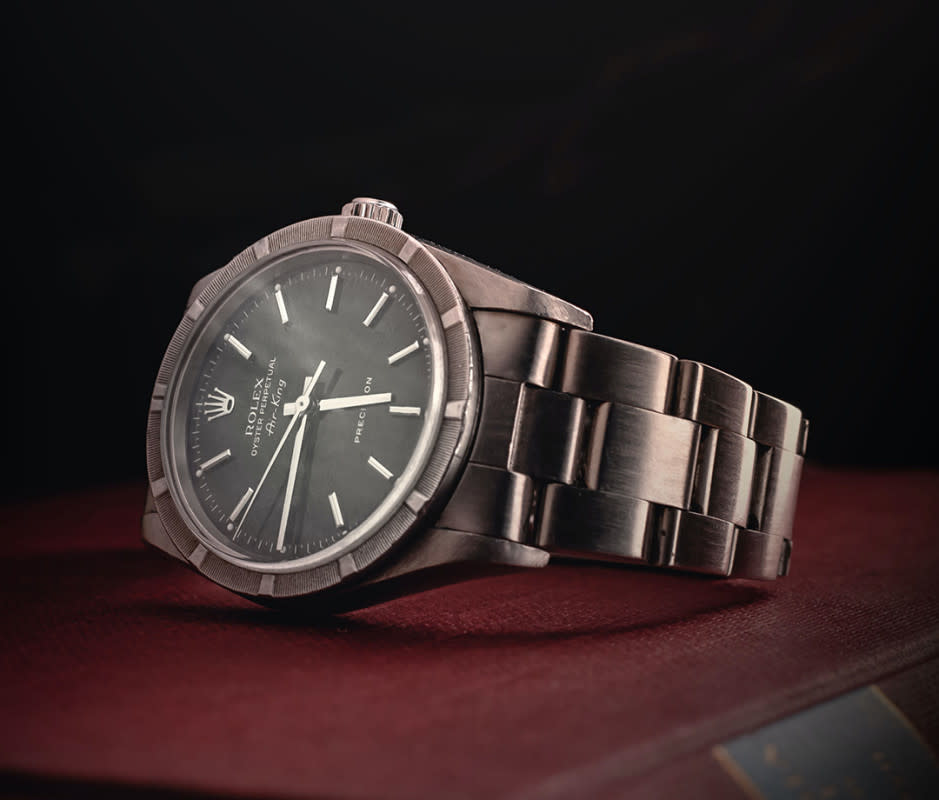
Courtesy of Unsplash
1. The Seller Is Unauthorized and Untrustworthy
The first and most important step for anyone looking for a used, gray market, or vintage Rolex is to find a seller you trust, says Paul Altieri, founder and CEO of pre-owned watch site Bob’s Watches. “Purchasing from a reputable dealer is paramount,” Altieri says. “To vet a seller, check their credentials, customer reviews, and their standing in the watch community.”
Eugene Tutunikov, CEO of SwissWatchExpo, an online retailer of authentic, pre-owned luxury watches, suggests buyers look for a solid presence online with verifiable testimonials from actual customers. He also says a good sign of an honest broker is an affiliation with The International Watch & Jewelry Guild or American Watchmakers & Clockmakers Institute.
Tutunikov also says customers should ask about the seller’s “ability to provide authenticity guarantees and warranties on each of their watches, which means they've gone through thorough inspection and maintenance before being put up for sale.”
Related: Buying a Watch Online? This Site Will Make Sure It's Not a Counterfeit
Another sign of an honest broker is “they'll be open to your watch being authenticated at a Rolex store or authorized dealer,” Tutunikov says. “At SwissWatchExpo, we welcome clients to have their watches checked at an authorized dealer for their peace of mind.”
Private sellers are harder to vet. But if you’re considering a deal, extra due diligence is key. “Ask for detailed photos, the watch’s papers, and service history,” says Altieri. “We never recommend buying from Craigslist, online forums, or eBay.”
If the seller can't meet these standards, walk away.
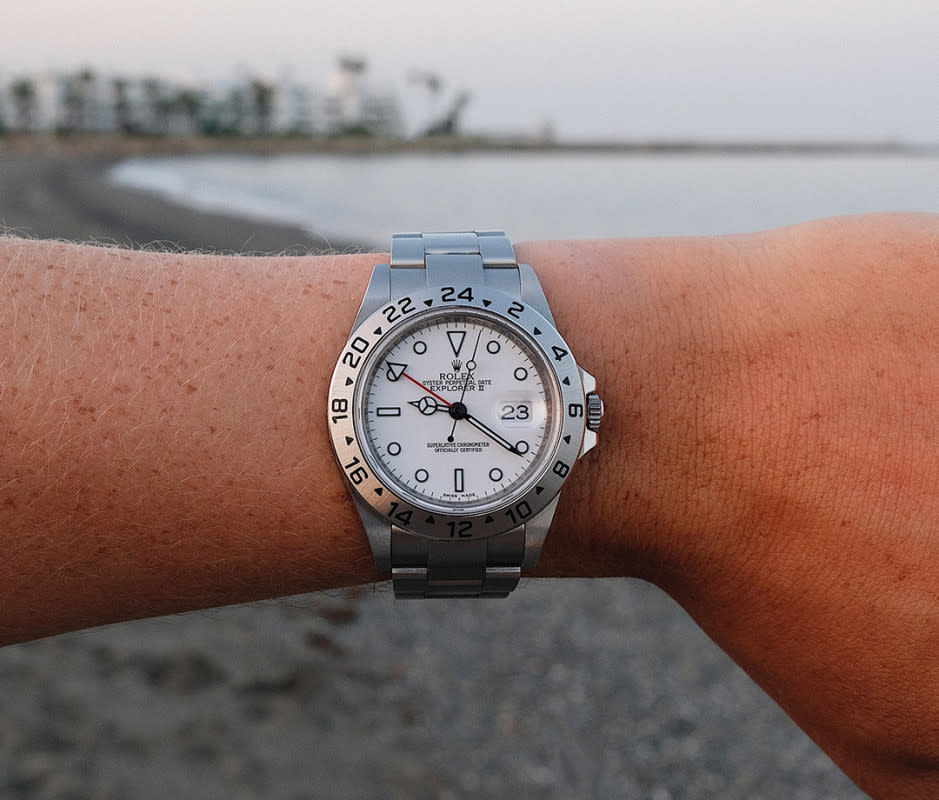
Unsplash
2. It's Too Lightweight
Buyers of any Rolex model are plunking down a good amount of money on a watch, so seeing a second-hand piece in real life is ideal. Don't just ogle it; pick it up.
The feel of a real Rolex is hard to fake on the cheap. But for those who've never held one or worn a piece on their wrist, the watches have some weight.
Related: The Best Sport Watches for Every Type of Adventure
“Rolex watches are made from high-quality materials all the way through,” Tutunikov says. “From the band of the watch to the inner working of the hands and gears, each item of a Rolex is made with the best metals available. That means your Rolex should be hefty!”
One caveat: Newer models have bracelets comprising solid stainless-steel links, whereas more vintage models may have bracelets made with hollow links. When in doubt, gauge the weight of the case.
If the watch feels incredibly light, that's a good indicator it's a fake.
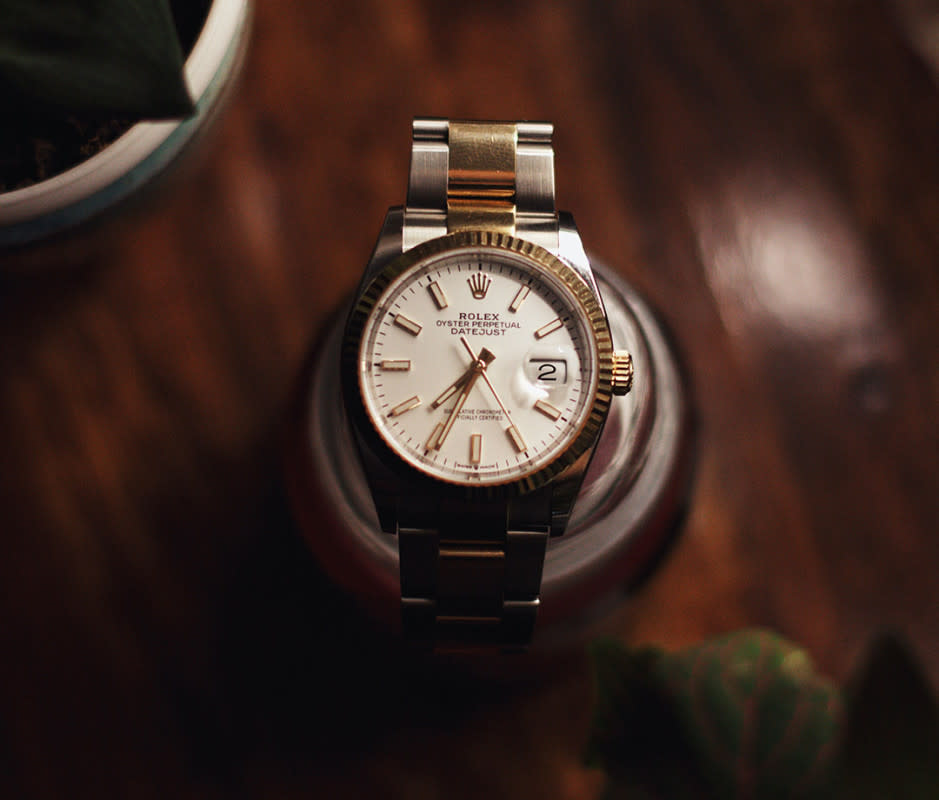
Unsplash
3. The Metals and Finishes Are Inconsistent
For nearly 20 years, Rolex has been developing its own unique materials in its foundry. “These include 904L stainless steel, gold, 950 platinum and, more recently, grade 5 titanium components,” says Tutunikov. “The use of these high-quality materials are uncommon in counterfeit watches due to the cost these entail.”
If you’re looking into a particular model, research the case and bracelet materials. Also note that different models are finished with varying techniques. Some parts can be brushed while others might be polished.
Related: The Best Smartwatches of 2023
“Rolex uses a variety of finishes in their timepieces, the quality of which are incredibly challenging for counterfeiters to replicate,” Tutunikov says. Make sure you understand the specific type of finishing the model you're considering should have.
“If the watch has an uneven finish, or doesn't match the finish of the model—whether brushed, satin, or polished—it's likely a fake,” he says.
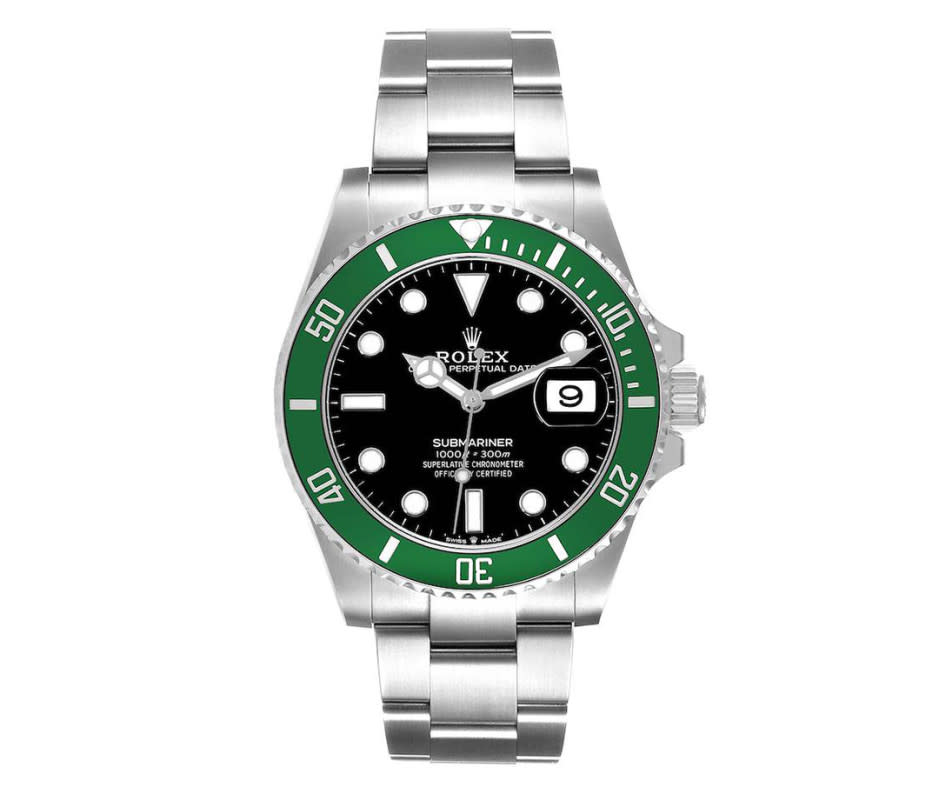
Courtesy of SwissWatchExpo
4. The Dial Is Sloppy
According to Altieri, you should look for misaligned elements, uneven fonts, and subpar materials on the dial. Those are all red flags. So are smudges, which are a dead giveaway that cheaper printing methods were used on counterfeit pieces.
One of the reasons folks buy a Rolex is for the quality and attention to detail. “Rolex adheres to the highest standards when it comes to the design, materials, and production of its watches,” says Tutunikov. “If any minute detail falls short of perfection, the watch is likely a counterfeit.”
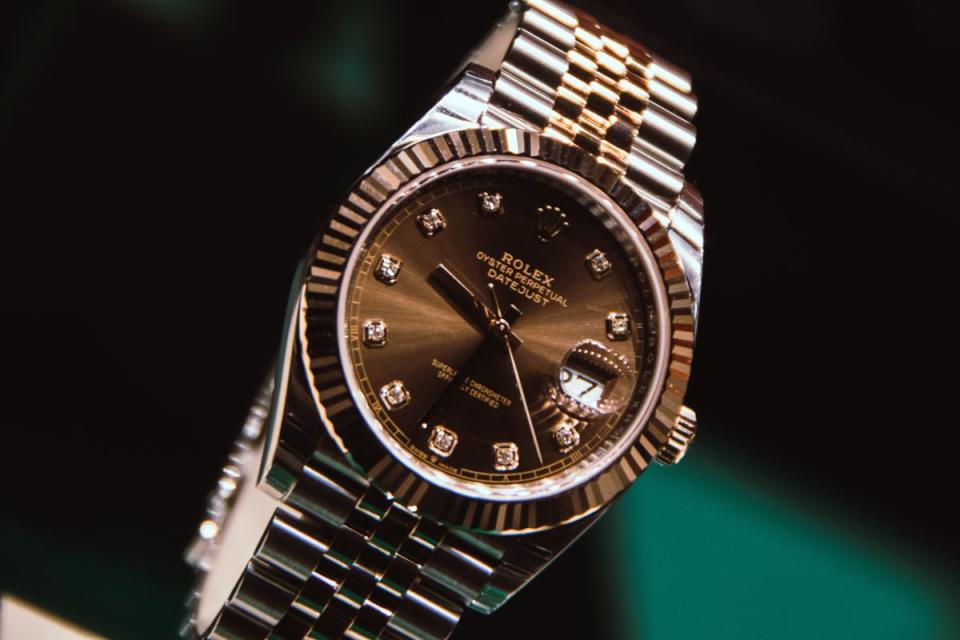
Unsplash
5. The Cyclops Magnification Is Wonky
Most contemporary models with a date complication feature a "cyclops," or a magnifier over the date window. Many knockoffs fail to convincingly replicate the 2.5x magnification.
“Even with high-quality fakes, there are details that betray them,” Altieri says.
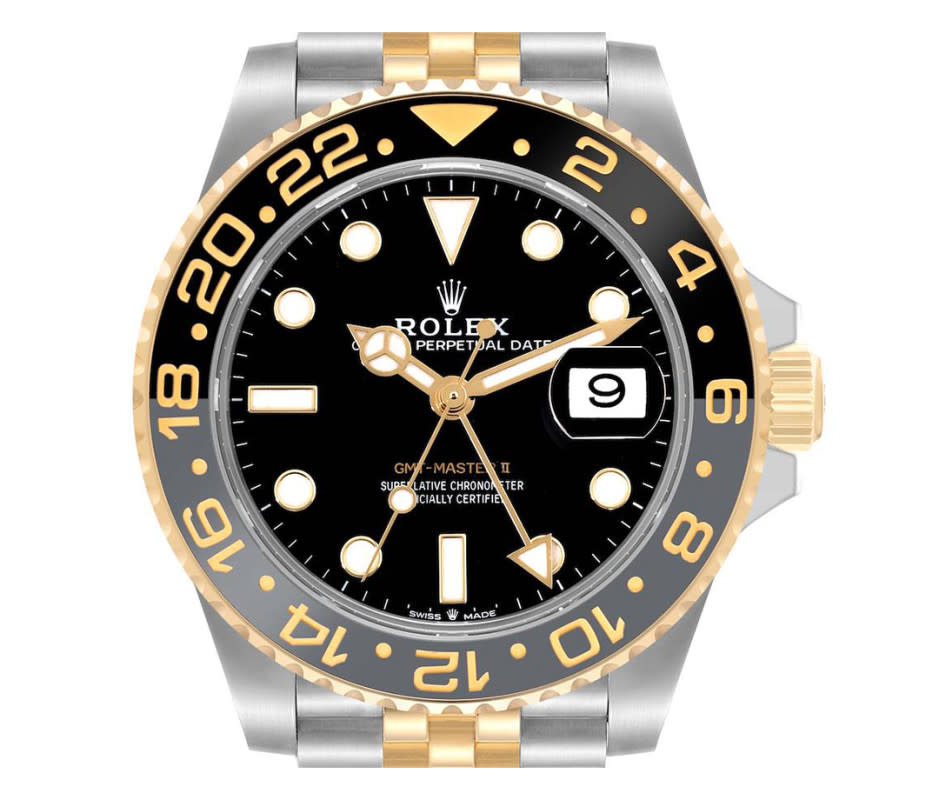
Courtesy of SwissWatchExpo
6. The Seconds Hand Ticks
A genuine Rolex’s second hand should move around the dial fluidly. “The seconds hand is a very important indicator of a fake Rolex,” says Tutunikov. “While the main hand of the watch will tick as it moves throughout the hours, the seconds hand should not tick. Instead, on a real Rolex, the seconds hand will move in a smooth motion around the clock.”
Some fakes are quite good, and not only manage to achieve this motion, but are also incredibly hard to distinguish from the real deal. Of course, those clones go for much more than the $50 to $100 typical asking price.
"For the $1,000 'Super Fakes' as we call them, they can be really difficult for the novice watch enthusiast to identify,” Tutunikov says. "These really need to be inspected by an experienced watchmaker who will open the caseback and inspect the movement and interior of the case for minor inadequacies.”

Courtesy of SwissWatchExpo
7. Missing Serial Numbers
Every genuine Rolex has a distinct serial number to precisely document the model and year of manufacture. For watches made before 2005, that serial number should be engraved between the lower lugs (near 6 o’clock).
For pieces made between 2005 and 2008, the serial number is engraved on the case between the lugs and on the inner rehaut (the metal ring between the dial and the crystal). Newer timepieces' serial numbers are found only in the rehaut.
Related: The 11 Best Field Watches of 2023
"Genuine Rolex watches bear deeply and precisely engraved serial and model numbers, displaying solid lines that glisten in the light, reminiscent of a diamond-cut edge,” says Tutunikov.
Conversely, counterfeit Rolex watches often feature serial and model numbers that are faintly dotted or appear sandy, as a result of sub-standard etching methods.”
He also warns that counterfeiters frequently reuse the same serial and model numbers across different styles, which is a giveaway. Genuine Rolex watches possess unique numbers that correspond to their specific model and configuration.
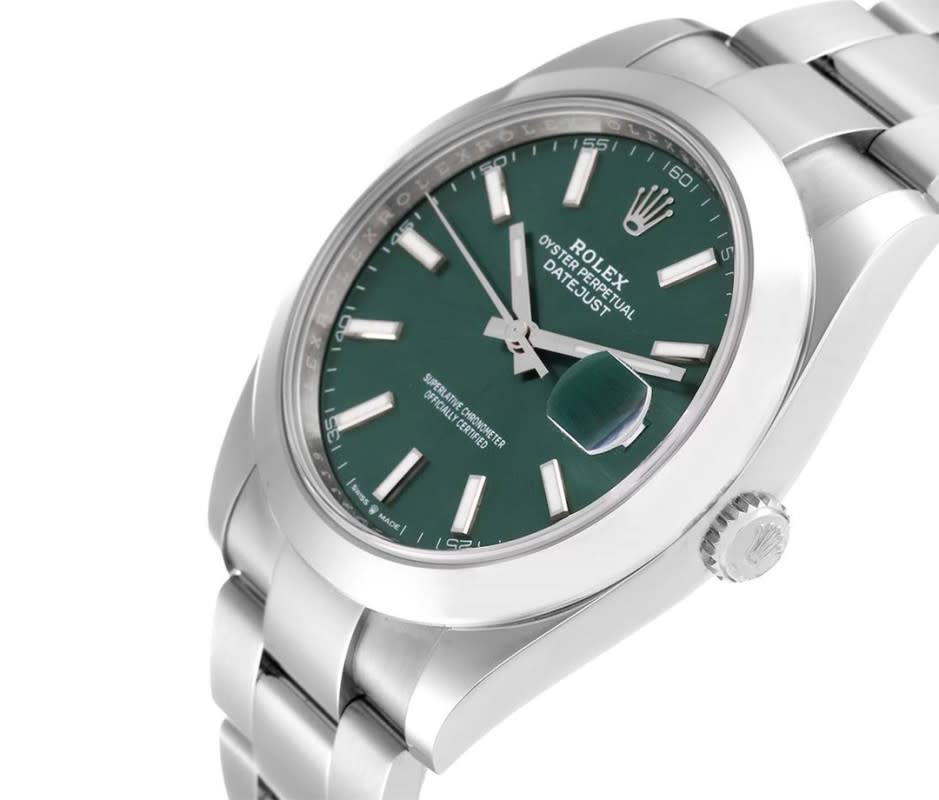
Courtesy of SwissWatchExpo
8. Price Is Too Good to Be True
“A genuine Rolex holds its value incredibly well, so be wary of low prices that don't align with the market,” Altieri says. You always want to check and compare prices with other pre-owned retailers.
“By doing so, you not only ensure you find the best deal on the watch, but also easily identify when a watch is being sold at an unrealistically low price,” Tutunikov adds.
So if the deal is too good to be true, it probably is, and you should run, not walk away.